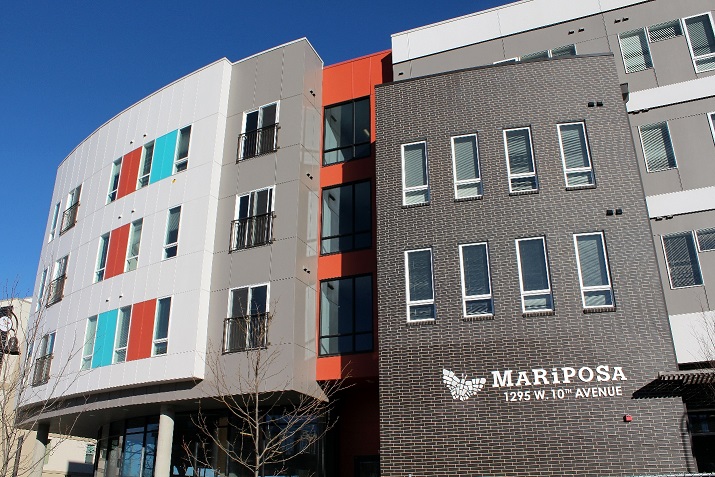Sun Valley is a neighbourhood being redeveloped by the Denver Housing Authority to ‘create a new model of community transformation with equity, environmental justice, and public health as its driving forces.’(1) The redevelopment aims to add 960 mixed income housing units (there were 333 existing public housing units on site); create 30,000 square feet of multi-use office space; redevelop 3.2 acres of industrial use buildings into a mixed-use area; and establish a new light rail station. The Sun Valley Eco-District was established to ensure that this DHA project built successfully on the strong credentials of the Mariposa redevelopment.
Considering health, equity and other social factors has been essential in project planning as the population living in Sun Valley face multiple barriers to healthy living. Over 80% of residents live below the poverty line, a quarter identify as first-generation immigrants, a fifth are refugees, and 94% live in subsidised housing.(1) Although the neighbourhood is centrally located, it is low density and primarily industrial. Denver’s Comprehensive Plan (2014) promotes the development of an equitable, safe, economically vibrant and healthy neighbourhood.
This project is featured as one of our healthy urban development case studies.
Continue reading “Sun Valley”




